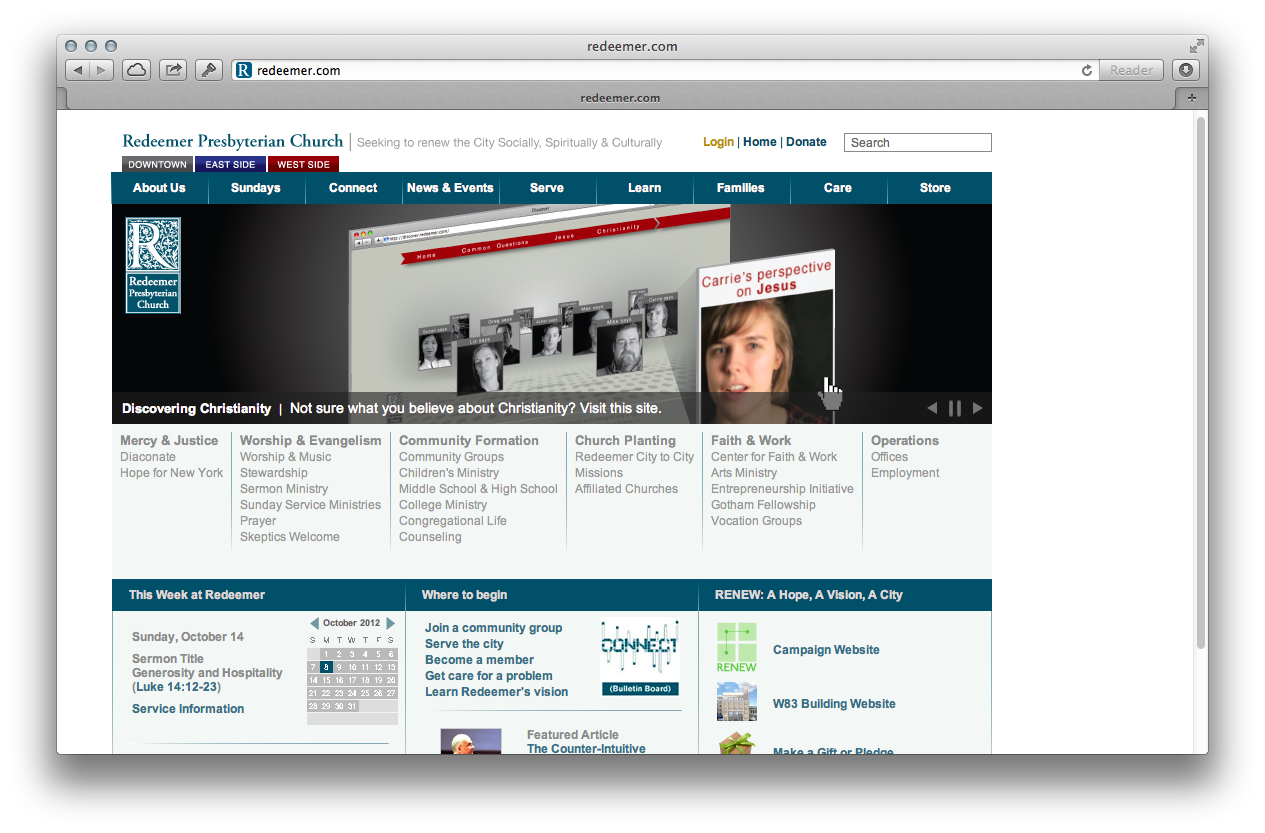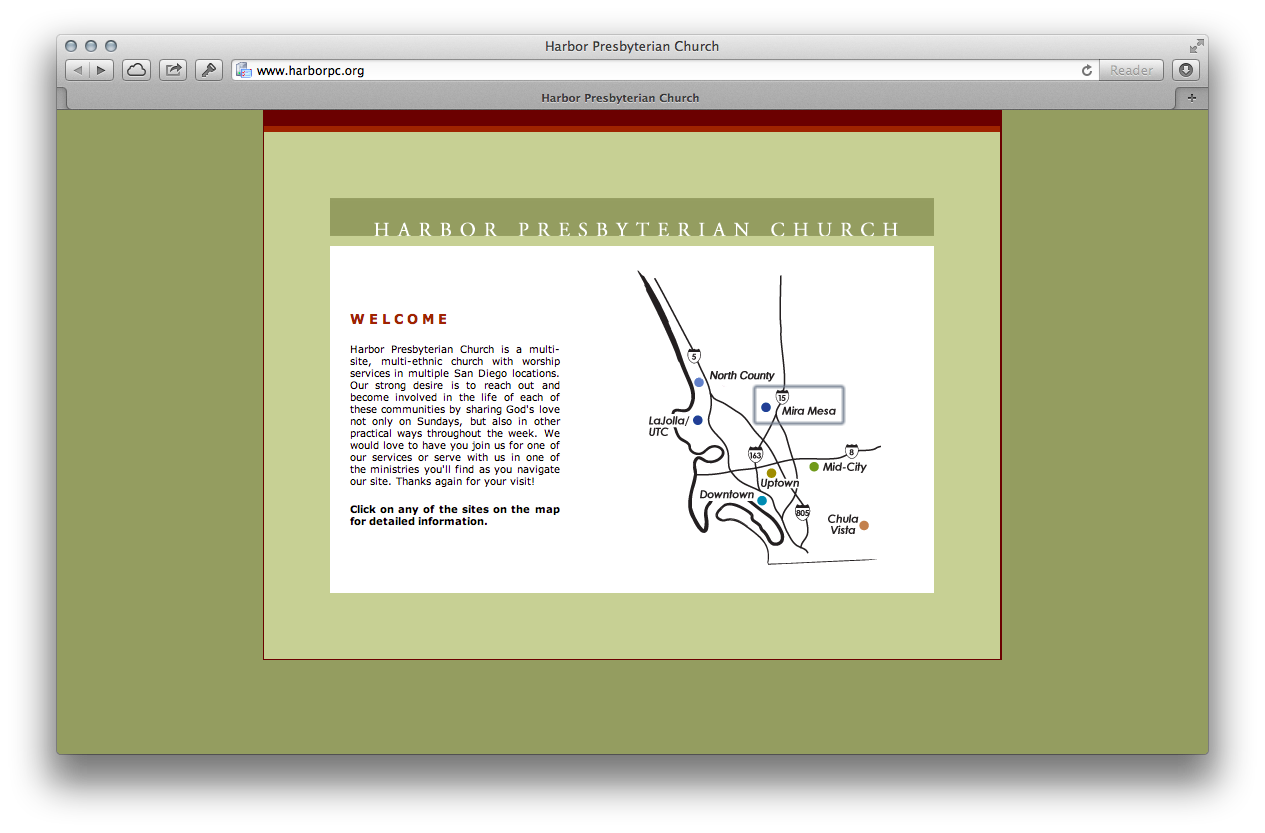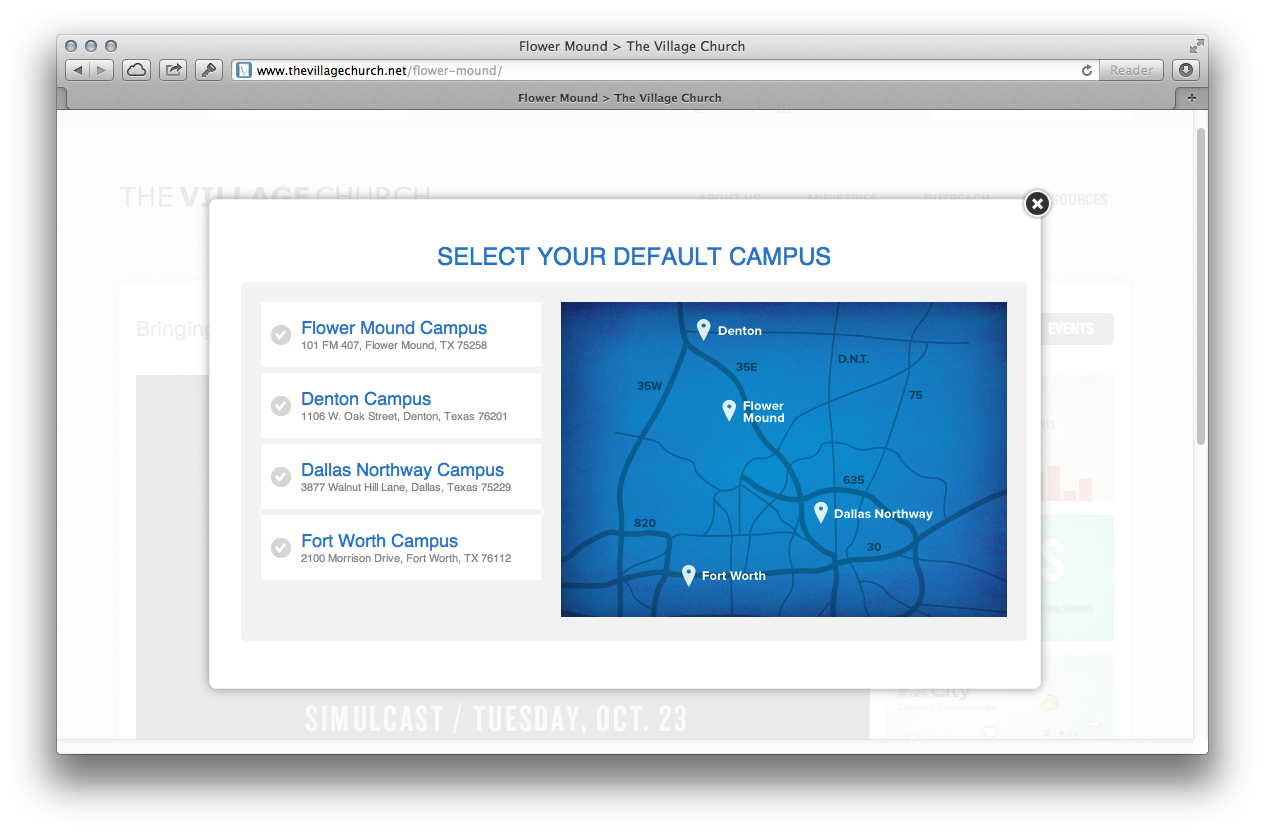
The Top 3 Approaches to a Multisite Church Website
The multisite revolution is underway as more churches nationwide are choosing to launch new campuses. According to Outreach Magazine, 75 of the 100 Largest Churches in America are multisite. There are myriad reasons to explain this transition, the biggest one being the cost efficiency to broaden the church’s reach. Regardless of why, the trend continues.
The idea of “one church, multiple locations” isn’t new to the local church. In fact, it’s as old as the New Testament itself. Perhaps that’s why multisite churches baptize more people, have more volunteers, and produce more diverse communities than single-site churches.
With all the positives, having multiple sites creates unique and specific challenges for churches seeking to organize content, provide value, and accomplish missional goals with their website.
At MonkDev we help thousands of churches use technology to further the gospel. Lately, more of our clients are coming from a multisite community. We partner with these churches to help build out a web strategy that appropriately translates their organization’s mission online. (If that interests you, click here to learn about our Web Strategy Services for Churches.)
We want to spend the next few weeks exploring multisite web presence trends. We’ll unpack one example each week. This week, I’ll provide a brief outline of the specific examples we’re seeing in multisite communities.
Here they are from least common to most:
Trend #1: Universal Website – Multicampus Information
The least common method is to have a universal website representing the entire church while listing information for different campuses in the navigation. This approach works well in a densely-populated area where events throughout the week are available to all and are less “campus” dependent.
The challenge here is usability. This approach requires users to determine what context the content or events apply to. If they aren’t familiar with your community, they may choose not to participate at all.
Trend #2: Standalone Campus Websites
This method works well when one church has multiple locations with separate preaching pastors and/or leadership teams. A church can convey that, while they are bound together in mission, each location has a unique identity. Locations have greater autonomy in developing their web presence.
The challenge presented with this approach is website management. Many church teams struggle with keeping content fresh on one site. Managing multiple websites can add significant content challenges. Be sure to keep cost in mind!
Trend #3: Universal Website – Campus Select Option
This approach is the most common of the three we’ve listed. The biggest benefit here is clearly identifying your site locations and asking you user to self-identify with one of them. Teams managing the website also benefit from keeping church branding uniform. Content is managed easier with this approach, as one person can push content to multiple sites.
Conversely, if you’re not working with a CMS (a content management system like Ekklesia360) with this strategy, you run the risk of duplicating content, pages, etc.
Conclusion on Multisite Web Presence Strategies
Churches who choose multisite have much to think about. According to our own research, 51% of members and visitors stated the church’s website was somewhat to very important in their decision to attend the church. That number, by the way, keeps increasing.
If you’re a member of a multisite community, or even considering it, this blog series will be important for you to follow in the weeks ahead.
To begin this series, go here.
Read more from Justin here.

Tags: Attention, Awareness, Brand, Justin Wise, Multisite














